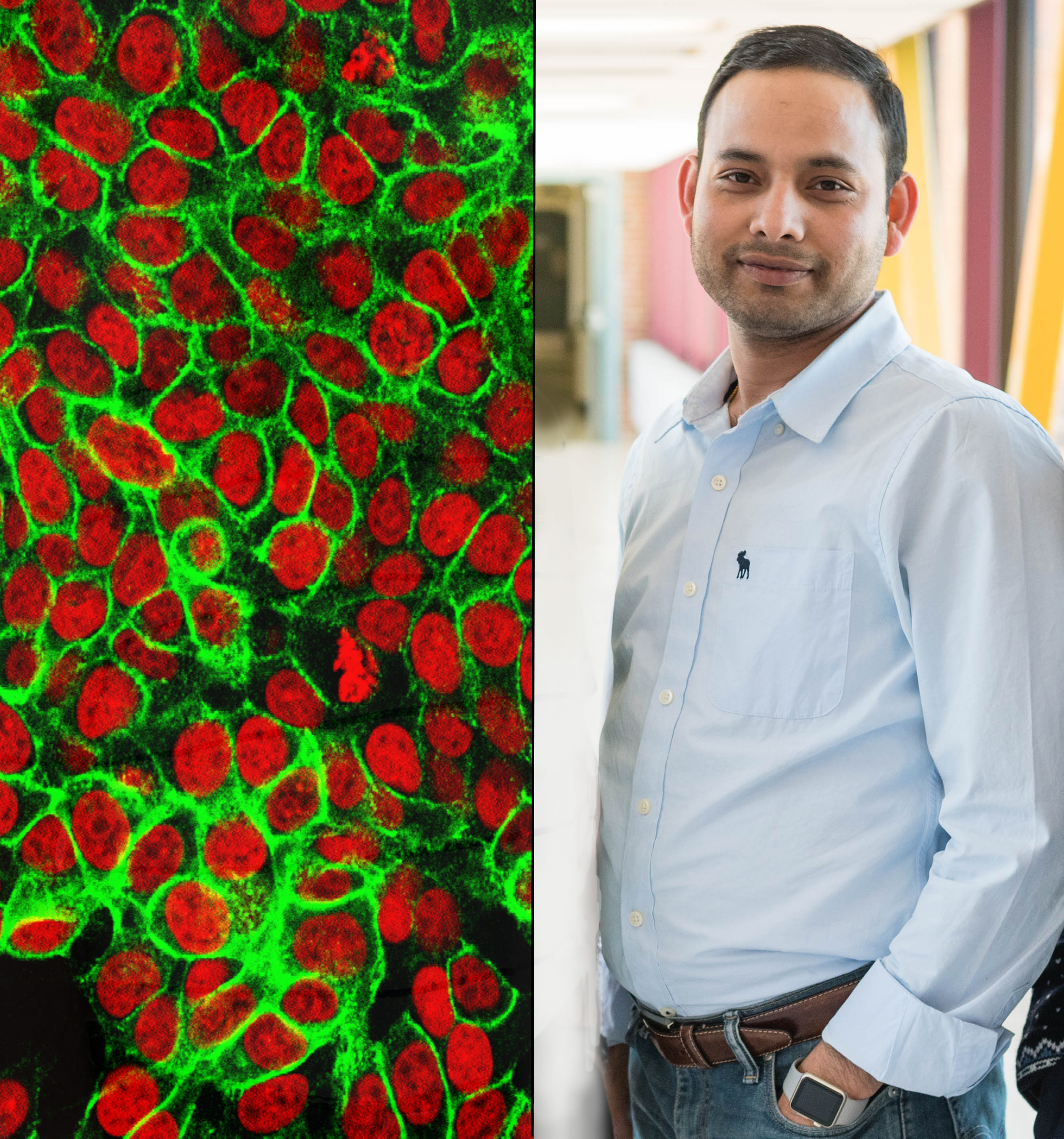Nuclear-protein Lives Matter--More than previously recognized
October 30, 2020

Gatikrushna (Gati) Singh, Researcher 6 working in the laboratory of Dr. Kathleen Boris-Lawrie was first author on the paper, “The mRNA encoding the JUND tumor suppressor detains nuclear RNA-binding proteins to assemble polysomes that are unaffected by mTOR,” recently published in the Journal of Biological Chemistry (JBC).
Dr. Singh received his Ph.D. in Molecular Virology and Biochemistry at the International Center for Genetic Engineering and Biotechnology in New Delhi, India. Singh’s passion to identify drug targets and targeted therapeutics is reflected in this publication, which explores proteins, the molecular "building blocks" of every cell in every organism. Key questions addressed include, How are the amounts of proteins controlled? And, how do mRNAs control access to ribosomes?
The long-standing gap in knowledge has been how ribosomes are attracted to mRNAs encoding tumor suppressor proteins. For the first time, Dr. Singh and colleagues discovered molecular chaperones control the access of ribosomes to tumor suppressor mRNAs. They unveiled nuclear proteins remain secured for life to these select mRNAs and permit the timely synthesis of tumor suppressor proteins for healthy cell growth.
Dr. Singh reports, “Our research identified the nuclear RNA helicase A and nuclear cap-binding protein 3 are repurposed to take the place of cytoplasmic regulators that need to be shut down in properly growing cells. We are extending this new knowledge to restore the fundamental growth control gone in neoplasms of animals and people.”
The end goal is to broaden this discovery to utilize the RNP complex for drug target to control Cancer and HIV-AIDS.